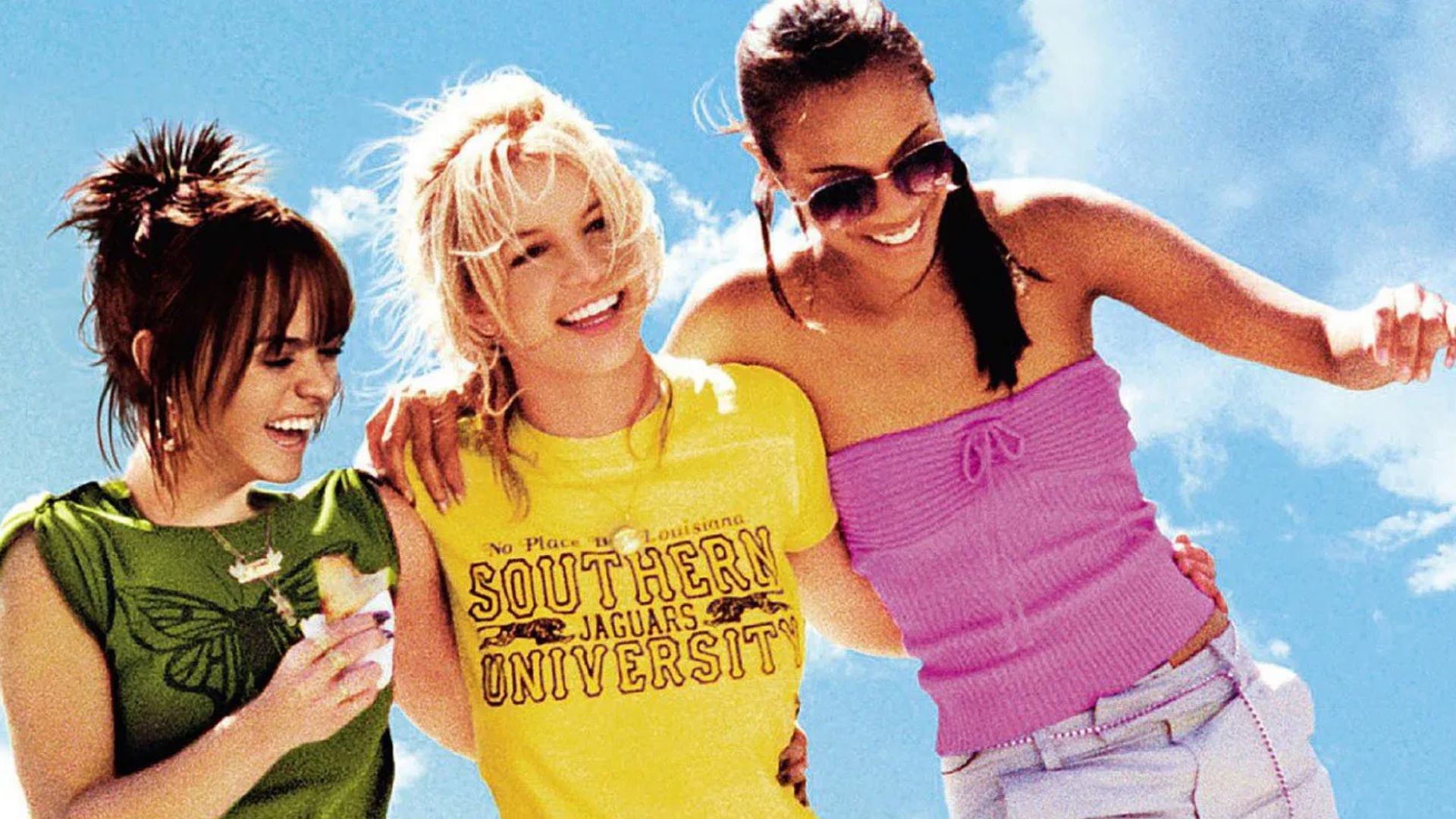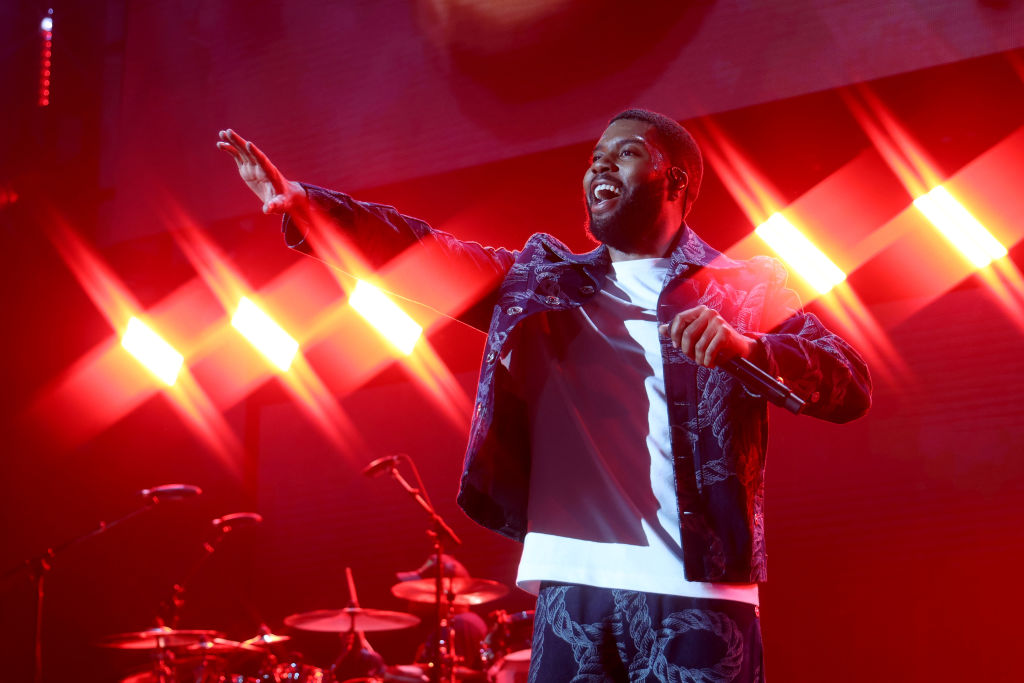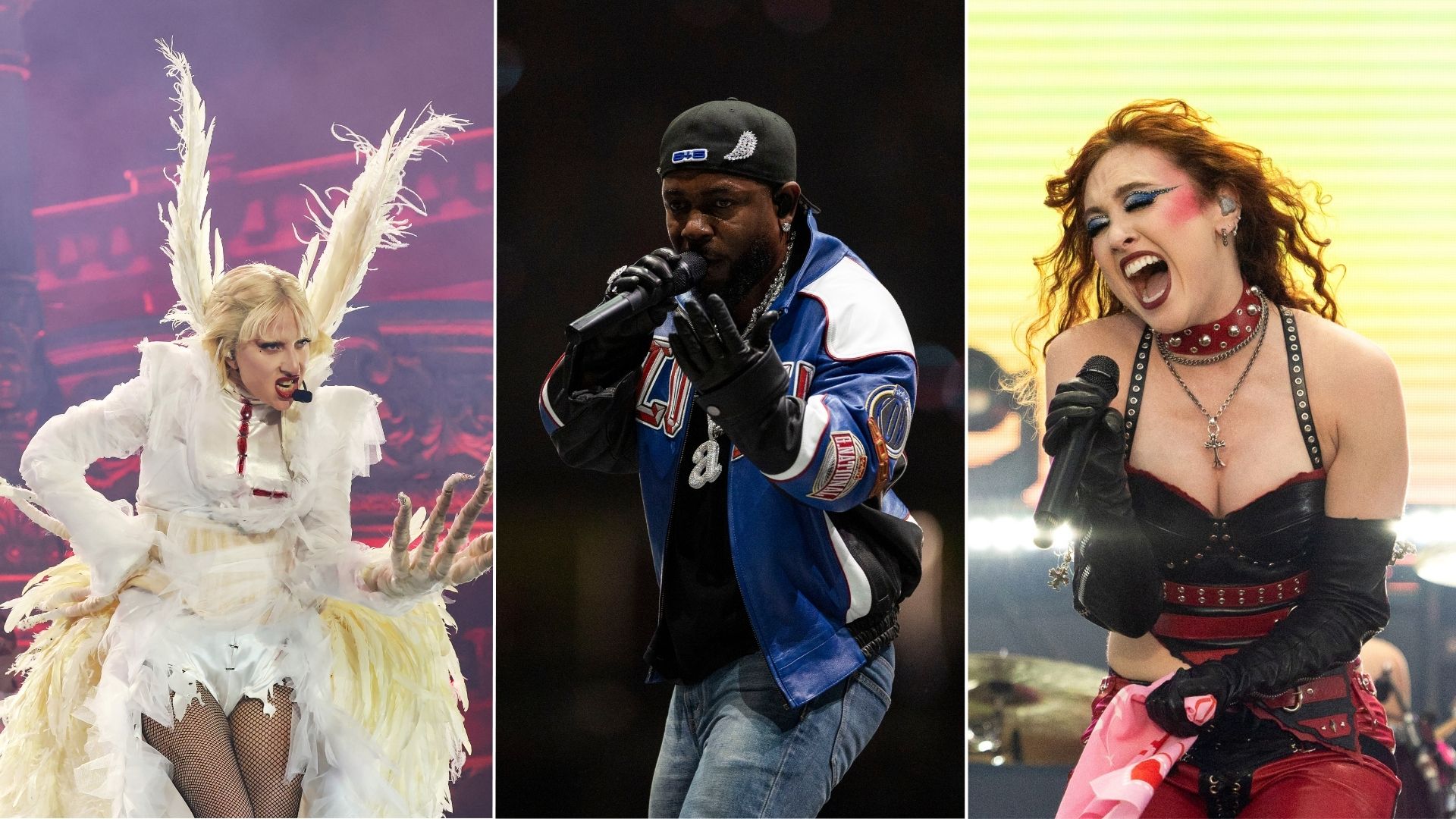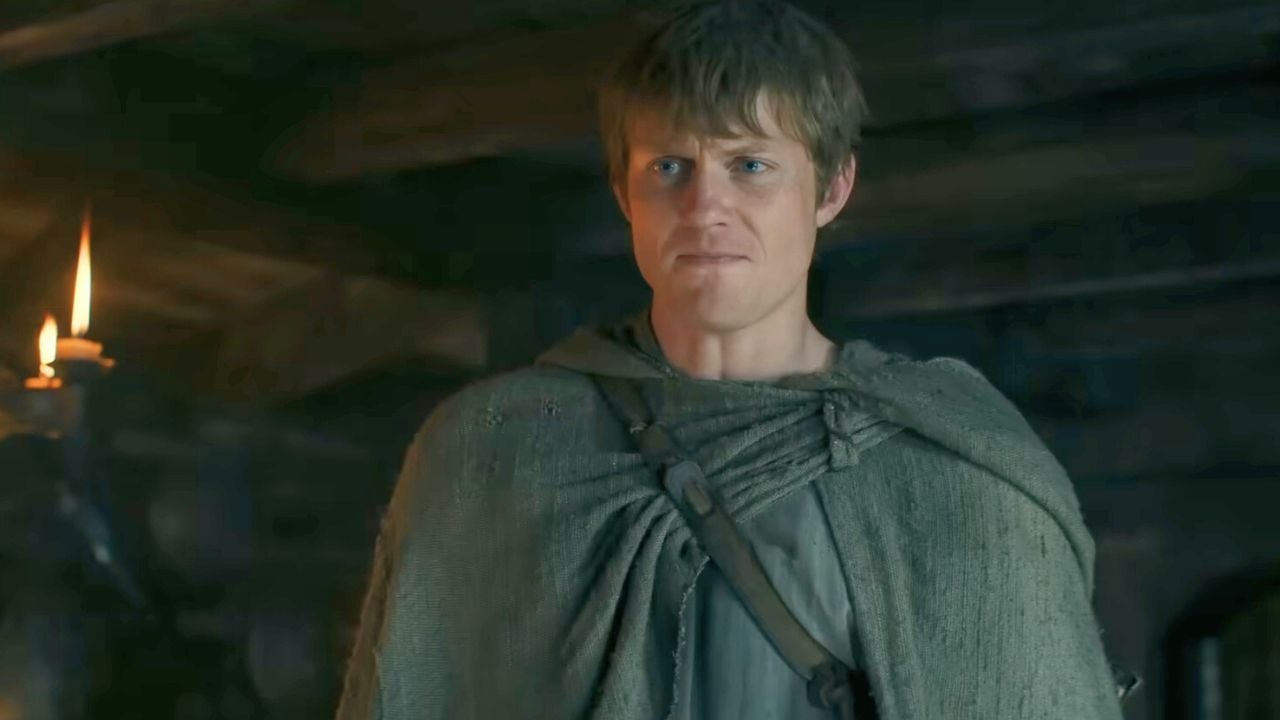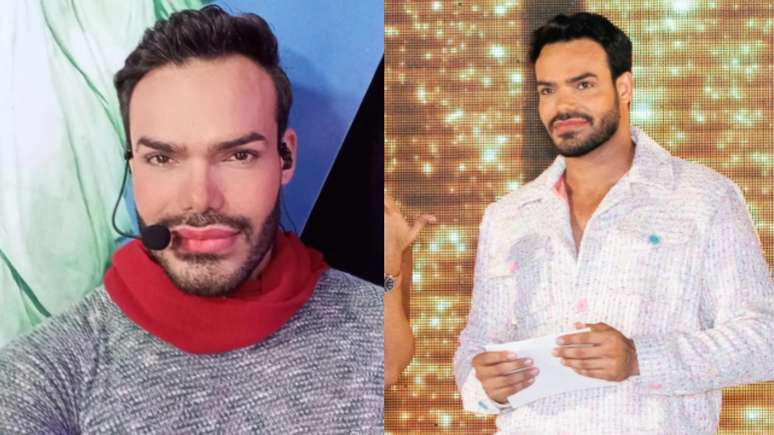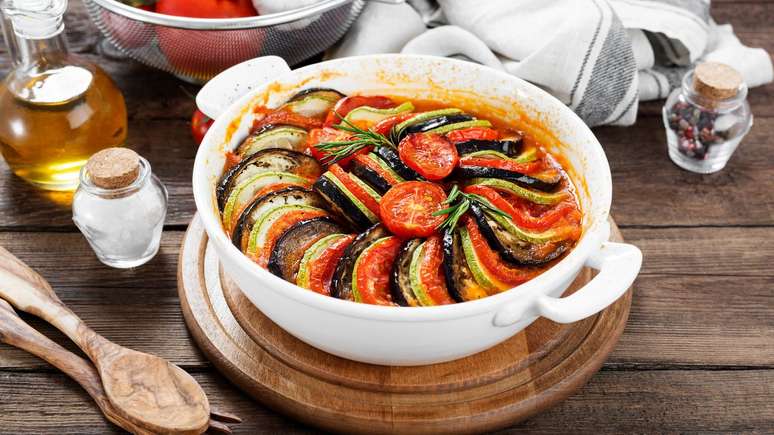The presentation, now traditional in the capital of Pernambuco, has been held since 2003
One of the most traditional Christmas theater shows in Brazil, the Dance of the boy god returns to receive the public in person after two years of experimentation with the audiovisual format due to the restrictions imposed by the covid-19 pandemic. Presented since 2003 at the Marco Zero in Recife, the show had its premiere in 1983 and recounts the birth of Jesus by mixing popular and erudite artistic languages, coming from reisados and works. The presentations are free and take place from 23 to 25 December, always at 20:00.
In the play, Mateus is a picaresque character who tries to find the house where a newborn boy was born to honor his new life. Along the way he ends up finding many closed doors, as well as a veritable parade of mythological and fantastic creatures drawn from the folkloric traditions of different regions of Brazil.
“When we thought of returning to Marco Zero, we thought of putting on a very different show,” explains the Ceará writer and playwright Ronaldo Correia de Brito🇧🇷 “We have always worked on that concept of opening doors. We come from a dark night looking for a light and trying to open doors. These doors have already meant many things: breaking down borders, individualism, inequality”.
With the pandemic, the Dance of the boy god was forced to innovate, abandoning the face-to-face format in favor of a cinematic experience. “In 2020, we took our set to a theater and set it up there. The following year I took my orchestra apart, took everything apart and had a totally different experience. I created a José and Maria who come from Nazaré da Mata, from the Zona da Mata de Pernambuco. Then they arrive in Belém by bus,” recalls Ronaldo.
“After making this film, we couldn’t go back to the same show, so we created a completely new show, where José and Maria are very important protagonists,” says Ronaldo. “We introduced a lot of beautiful new music and created an orchestra that is a band. We introduced instruments that we haven’t worked with, like the clarinet, the clarinet, a lot of percussive stuff, a very jazzy double bass. The arrangements were all redone, the costumes have been completely changed”.
In 2022, the director of the San Paolo Cybele Forjaz he was invited to collaborate with Baile, who, according to Ronaldo, uses the notion of triptych from medieval theater and pre-Renaissance painting, dividing the planes into human, angelic and divine. “This year, conceptually, we have worked on the idea that the divine descends to man. It will continue to exist, but the divine is what must be humanized. The orchestra is no longer symphonic in format, it is a much more popular, the songs were rearranged, we widened the stage, completely changed the scenography and staged Joseph and Mary, the profane who knocks on the door of the sacred and the sacred who will open.For Ronaldo, this contrast demonstrates how the northeastern popular theater has preserved what, according to him, “the great playwrights were looking for, namely the relationship between the sacred and the profane”.
Among the novelties of the current edition of the Ball there is a new approach, musically more serene, when Maria lifts the boy, one of the cornerstones of the piece. “We have gone through four years of an enormous lie, a lying and false speech about God, family and country, typical of nationalism. Instead of us playing percussive, severe music, a piece of baroque serenely opens when the door opens”, reveals the director. “The show becomes a great celebration of life, of birth, an affirmation of life over death and against death.”
With its popular elements, the Prom it acts as a counterpoint to the celebrations more influenced by Christmas as a commercial date. “Our Christmas still references figures that originated the celebration of Christmas, which is the God child, which is a pre-Christian figure. All these myths have been preserved and kept here and people are touched by them because maybe in your l ‘most recondite unconscious, in your most archaic memories, there is still some.”
🇧🇷The best content in your email for free. Choose your favorite Terra newsletter. Click here!
Source: Terra
Earl Johnson is a music writer at Gossipify, known for his in-depth analysis and unique perspective on the industry. A graduate of USC with a degree in Music, he brings years of experience and passion to his writing. He covers the latest releases and trends, always on the lookout for the next big thing in music.


